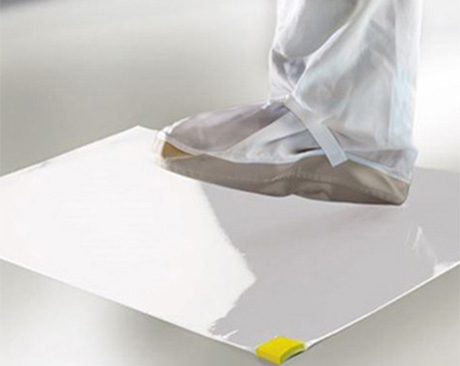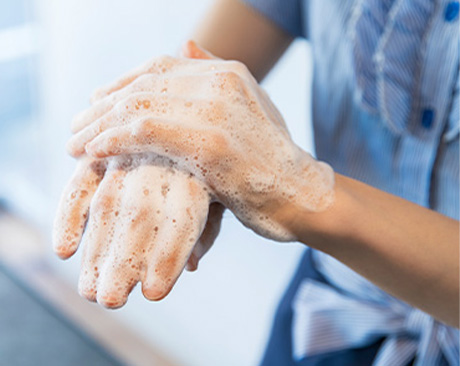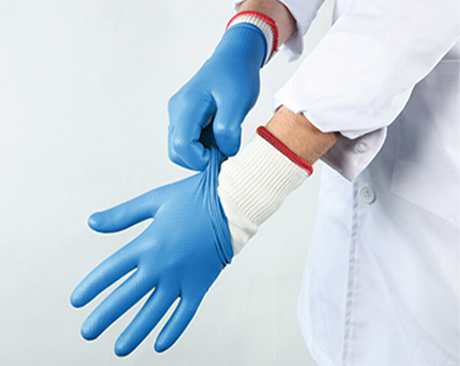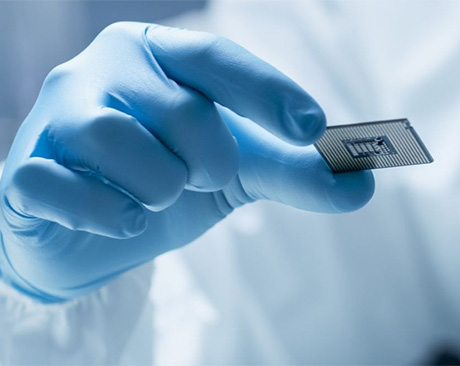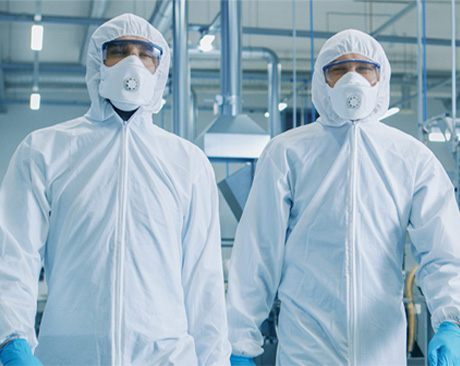A Discussion on the use of Pre-saturated Wipes in Cleanroom Environments
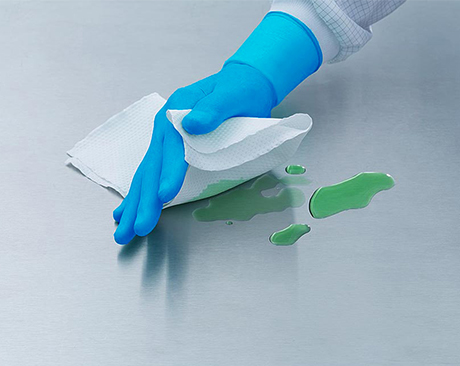
The challenge involved in cleanroom wipe selection is to choose a wipe that maximises ability, efficiency and consistency to carry out the required cleaning task. This is no easy feat considering the challenge at hand is to clean minute particles that are invisible to the human eye. It is well-known that all business decisions involve trade-offs. However, in the case of cleanroom wiper selection, sacrificing performance to save on cost can have a much more negative impact on the bottom line due to additionally required production runs or downtime than the initially perceived high cost of the wipe.
Wiping is the most effective method to control contamination in cleanroom environments. It is not only important to remove particles from the surface upon which they lie, but also to entrap them in the wipe ensuring their removal from the cleanroom. Various studies have shown that pre-saturated wipes greatly enhance the cleaning process.
Saturated wipes provide an overpowering bias for particles to remain with the wipe, since capillary hydroscopic forces from the moisture on the wipe provide the mechanism for the particles removed from the surface to remain with the wipe. Polyester knit wipes are hydrophilic (water-loving) meaning water is adsorbed by these wipes and is held in on the surface of the fabric in the interstices between the fibre bundles. If a wipe is over-saturated, there will not be enough space between the fibres to accommodate the uptake of particles. This was demonstrated in a study carried out by Mattina, et al. (1996), where five commonly used, but different wipes were wetted to a saturation level below their full capacity. The type of wipes tested included nonwoven polyester/cellulose, nonwoven polyester, melt blown polypropylene and both knife cut and sealed edge polyester. The performance of each wipe was compared by measuring the particles left on the surface after each wiping. The results showed that an over-saturated wipe leaves behind more contaminants than with any other level of saturation.
It is thought that the particles from the wiped surface, and the wipe itself, are distributed throughout the solution on the wipe. A wipe with excess solution will leave some solution behind on the wiped surface, and with it, any contaminants within the solution. This means that an over-saturated wipe will not only leave behind existing particles, it may also deposit its own.
An over-saturated wipe will leave more residual liquid behind on the surface which will take longer to evaporate, trapping any particles that come in contact with it while it is there.
The following graph demonstrates that the more saturated a wipe becomes, the more particles it leaves behind.
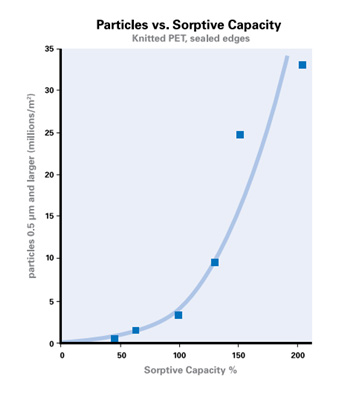

Any validated cleaning process requires documentation of both the process and the products used in the process. The use of pre-saturated wipes streamlines the cleaning process and means less variables are involved, leading to simplified SOPs and more efficient cleaning.
Because of the exceptional solvent control which they provide, the use of pre-saturated wipes is becoming more mainstream. The adoption of pre-sats is enabling manufacturing companies to meet increasingly stringent VOC emission and solvent reduction regulations.
Another study conducted by Panousi et al., (2009) highlighted the enhanced disinfection capability of pre-saturated wipes over dry wipes which are sprayed with alcohol. This study concluded that cleaning with pre-saturated wipes greatly reduced the spread of microbial contamination on the cleaned surface in comparison to dry wipes in conjunction with alcohol spray.
Key points to remember:
- A wipe saturated below the saturation limit of the material will consistently leave behind fewer particles on the wiped surface
- Self-saturation at the point of use, using a spray or squeeze bottle to a predetermined saturation level, is not a repeatable process
- The overwhelming consensus is that "wipe-dry" is a critical feature in controlled environment cleaning
CEC are a leading supplier of pre-saturated wipes; click here to browse our full range








